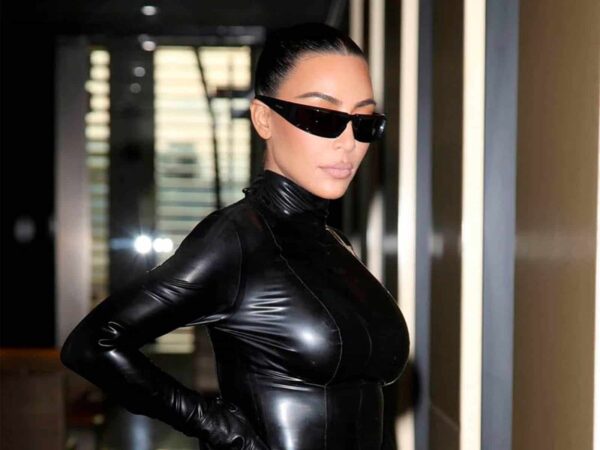
The Resurgence of Blind Dates and Their New Role in Modern Dating

Recent data indicates a notable persistence of blind dates within the contemporary dating scene, despite the ubiquity of online dating platforms. Blind dates are just one of the many resurgent trends that have returned to dating in recent years, such as sugar dating and matchmaking.
Prevalence and Perception Among Generations
Surveys reveal that 48.28% of respondents have participated in a blind date arranged by an acquaintance, underscoring the continued relevance of personal networks in facilitating romantic connections. This trend extends prominently among Generation Z, with 43.84% of individuals aged 20-24 reporting experience with blind dates. This finding suggests that younger generations, despite being digital natives, are engaging in this traditional dating format.
The appeal of blind dates persists amidst a digital era dominated by online dating services. Contrary to expectations that digital platforms would render traditional dating obsolete, nearly half of singles have discovered romantic partners through blind dates. This trend underscores a diversification in the ways individuals seek connections beyond digital pre-screening processes.
Further data supports this diversification, indicating that over 50% of singles have utilized professional networking platforms, such as LinkedIn, to find dates, with a notable 61.36% success rate among those aged 35-40. Moreover, the encounter rate in conventional social settings, such as bars, remains significant, with 39.80% of individuals overall and a higher rate among those aged 20-25, at 52.05%, meeting potential partners in such locales. The varying success rates across different age brackets highlight shifting social dynamics in dating practices.
Dating platforms are adapting to these trends by incorporating blind dating features, acknowledging the format’s enduring appeal. Tinder’s introduction of the “Fast Chat: Blind Date” function in 2022, for example, signifies an embrace of the spontaneous discovery elements inherent to blind dating within a digital interface. Similarly, the dating app Blindlee has capitalized on the resurgence of interest in blind dates by facilitating short, blurred video chats between matched users, which has led to an almost 180% increase in the average number of matches per user during the pandemic. Blindlee’s growing user base, nearing 50,000 registered individuals across multiple cities, attests to the appeal of blending digital convenience with the unpredictability of blind dating.

Challenges in Online Dating – A Comparative Perspective
Online dating platforms, despite their popularity and widespread use, confront challenges related to user satisfaction and experience. A 2020 study revealed that 45% of online daters in the U.S. experienced frustration with the process, a sentiment echoed in a recent survey by Badoo, where 78% of participants expressed dissatisfaction due to incompatible matches. These findings highlight a prevalent issue within digital dating: the difficulty of establishing genuine connections amidst a sea of profiles. The frustration stems from the discrepancy between users’ expectations and the reality of online interactions, often characterized by superficial engagement and a lack of depth in connections.
This dissatisfaction has, in part, fueled the resurgence of blind dates. Unlike online dating, where profiles provide a curated glimpse into a person’s life, blind dates offer a unique opportunity for unmediated, face-to-face interaction. This direct engagement can foster a more authentic connection, unencumbered by preconceived notions or digital personas. Consequently, blind dates are not merely an alternative to online dating but serve as a complementary approach that recognizes the limitations of digital interactions.
In the broader context of dating trends, blind dates sit alongside other resurgent practices like matchmaking. This variety of dating formats reflects a subtle dating terrain where individuals are exploring different avenues to form connections. Notably, platforms facilitating sugar dating arrangements contribute to this multifaceted dating scene. These platforms offer another dimension to the complex interplay of expectations, desires, and relationship dynamics in modern dating.
Implications and Concluding Analysis
The persistence of blind dates amidst the proliferation of digital dating platforms suggests a nuanced landscape where individuals are navigating their preferences and the limitations of technology in fostering connections. The adaptation of online dating services to include features reminiscent of blind dating acknowledges a desire for spontaneity and genuine interaction that digital vetting processes may not fully satisfy.
Moreover, the data reflecting diverse dating practices, including the use of professional networking sites for dating purposes, indicates a blurring of boundaries between different spheres of social interaction. This trend may reflect a broader search for connection that transcends traditional dating boundaries, driven by the desire to overcome the constraints of online dating platforms.














































